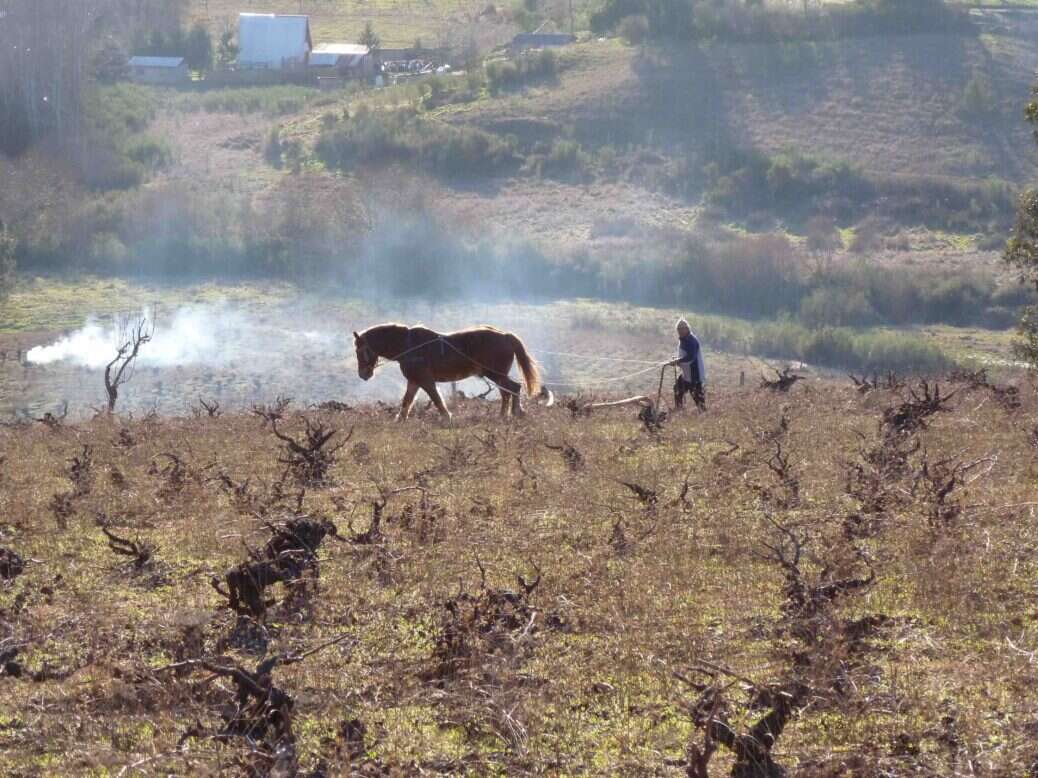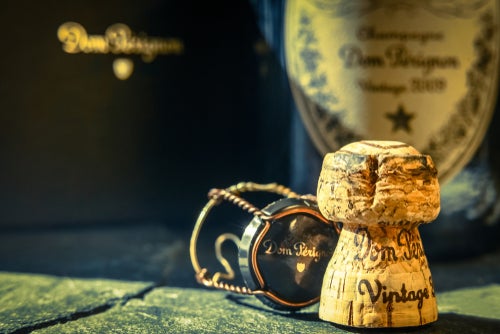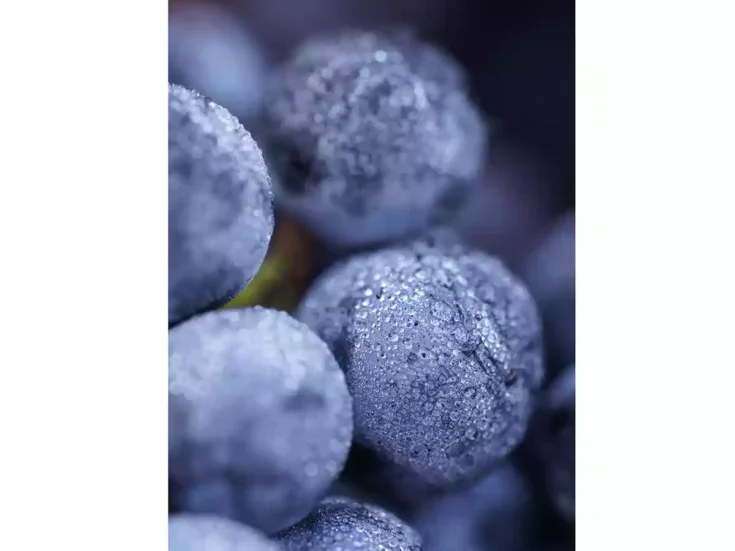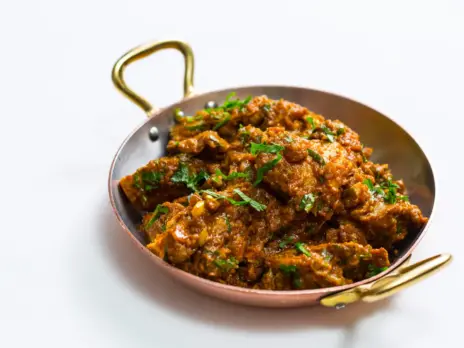
David Schildknecht considers the changing fortunes of once-derided grape varieties such as Carignan, Aligoté, and Palomino.
Ostensibly workhorse grapes sometimes gain luster thanks to prestigious champions. But it doesn’t take famous growers to raise the profile of a workhorse dramatically. Consider Carignan. “I cannot honestly see the point of planting young Carignan anywhere,” wrote Jancis Robinson MW in 2004, while belatedly acknowledging some “remarkable reds” alleged to exist “simply because of the age of their ancient vines.” She was undoubtedly correct in attributing this grape’s huge acreage to “[i]n one word: yield.” But if that explains both Carignan’s persistence and the crass acidic earthiness of so many instantiations, that says nothing about quality potential. Marjorie Gallet, Maxime Magnon, Jean-Philippe Padie, and Jean-Marie Rimbert first championed Carignan, then became well-known. And like Miguel Torres—famous, yes, but a latecomer to this party—they are all carefully planting thoroughbred selections.
Here be Alligators
Sylvain Pataille began fulfilling his aspirations as a vigneron in 1999, inspired in part by the potential of a parcel his grandfather had planted in the 1930s, before abandoning commercial viticulture and retaining the block solely for home consumption. Aligoté was soon a major player in Pataille’s fledgling portfolio. Tiny, golden berries on old vines reflected a distant era of selection for quality; price limited acquisition of Pinot parcels; above all, treated to viticultural respect and to vinificatory innovation born of intuition, Aligoté dazzled. “I want to help get it recognized,” said Pataille, adding: “It’s more or less our Carignan.”
In 2013, he confessed to the “crazy idea” of bottling wine from each of his then four old-vine parcels separately. He never looked back, and today there are six such bottlings. There is even one bottling from a parcel in distant Bouzeron—the Côte Chalonnaise village that in 1997 acquired its own Aligoté-based AOC. But if 18 prior years of AOC Bourgogne Aligoté de Bouzeron—its existence owed to the influence of that village’s world-renowned vineyard-holder, Aubert de Villaine—had done little to raise the grape’s profile, then neither, predictably, did a self-standing AOC, with its attendant removal of “Aligoté” as well as “Bourgogne.” (From 2006, Jean-Marie Ponsot returned his renowned Morey-St-Denis Clos des Monts Luisants to the 100% Aligoté that his great-grandfather had planted in 1911; but few experienced tasters or critics even realized.) What began with Pataille, though, did not stay confined. The association that he catalyzed, “Les Aligoteurs,”now boasts a roster of nearly 70, in which Ponsot and De Villaine are just two among more than a dozen internationally revered names, and Pataille’s are now far from the only Aligotés that depart their cellars at a previously unthinkable €50 or more.
Secrets of “second-rate”
The case of Palomino is peculiar. It remains the overwhelmingly dominant variety informing Sherry, and while Sherry long suffered a decline in international attention, no one discounted its status as among the wine world’s important genres. Paradoxically, Palomino was disrespected as part of a laudatory narrative. Sherry, one recent article in its praise averred, “relies upon[,] indeed requires second-rate raw materials,” grapes alleged to be inherently neutral in both pH and personality and unresponsive to environmental vicissitudes. Developments over just the past decade have demolished those assertions. A seminal impetus was Jesús Barquín’s collaboration with Dirk Niepoort on their inaugural unfortified 2016 Vino Blanco, so star power might have had a small influence. But since 2008, Barquín’s Equipo Navazos had rocketed from invisibility, to high profile, bearing the reputation of Sherry aloft.
Today, unfortified Palomino bottlings represent the leading edge of regional revival and a rediscovery of site specificity whose recognition in an era before fortification had resulted in hierarchical vineyard classification now mooted for revival. Wines nothing like which existed ten years ago—from, among others, the Blanco brothers, Bodegas Estévez, Muchada-Leclapart, Louis Perez, and Primitivo Collantes—are making waves internationally, and Palamino’s reputational rescue is rippling out to those few other places where this grape is planted, as witness its leading role in influential ex-sommelier Rajat Parr’s Scythian Wine Co., founded in 2021 with a mission to reclaim Los Angeles’ viticultural heritage.
Inherently ignoble?
The examples adduced could easily be multiplied. So, should we reject the notion of inherent superiority? That might be too extreme. But, as a working hypothesis, it would be better to discount past prejudice, remaining open to and exploring any grape’s vinous potential in the light of our rapidly changing climatic conditions. Can it be mere coincidence that so many grapes long deemed workhorses but revealed as thoroughbreds are late-ripening and acid-retentive? If those are among traits that, exacerbated by high yields, contributed to their low regard, they’re features in the face of global warming.
As for assumptions that productivity plus ubiquity signals inferiority, those should certainly be rejected, since reducing yields is an experiment open to any winegrower willing to tolerate modest financial risk—risk that may pay off spectacularly, if prices of wines from Grüner Veltliner, Silvaner, Welschriesling, Aligoté, Carignan, or Palomino are at all indicative. And as growers reassess the potential of traditional grapes, it is essential they bear in mind the qualitative variation among genetically distinctive selections and clones, recognizing that poor performance may be due to mutational and selective differences, not to cépage identity per se. Retire no workhorses without serious deliberation!






